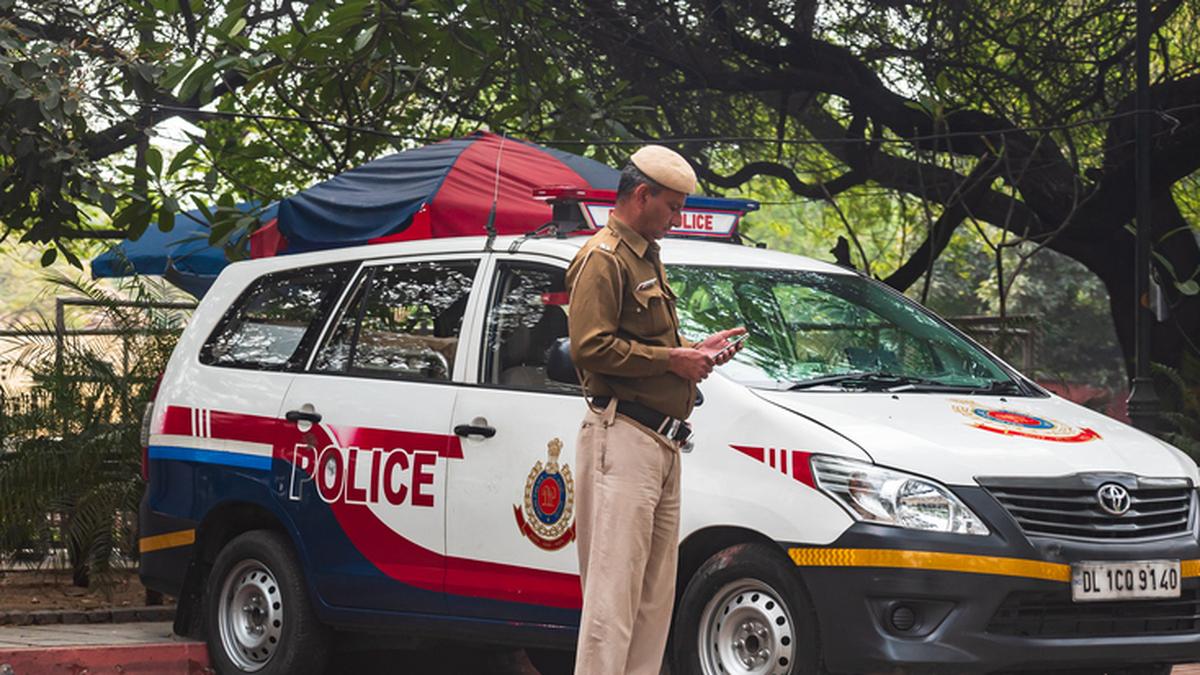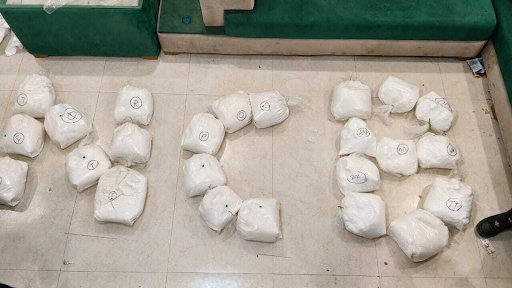Description
.png)
Disclaimer: Copyright infringement not intended.
Context
- The Army is seeking to procure 170 Armoured Recovery Vehicles.
- This move, is a part of the government’s commitment to the ‘Make in India’ and ‘Atmanirbhar Bharat’ initiatives, stressing self-reliance and indigenous production.
- The Defence Research and Development Organisation (DRDO) has collaborated with state-owned Bharat Earth Movers Limited (BEML) to manufacture them for the Indian Army.
Purpose
- The Army is procuring these Vehicles for both deserts and plains along the country’s western borders as well as in high-altitude and mountainous terrains at eastern Ladakh or north Sikkim.

Background
- Currently, BEML-built ARVs, based on Russian-made T-72 tank hulls, are in use, armed with a 12.7mm machine gun and equipped with powerful cranes capable of lifting up to 15 tons.
- Additionally, there are upgraded variants like the WZT-3M, produced in collaboration with Polish company Bumar.
- These ARVs, also known as ARV-3 in the Indian Army, have proven their worth in recovery operations.
- These versatile vehicles are designed to recover damaged MBTs, tracked armoured vehicles, and heavy vehicles from the battlefield. They are equipped with tools for minor field repairs and earth-moving projects, enhancing the Army’s self-sufficiency during operations.
Armoured Recovery Vehicle (ARV)
- An armoured recovery vehicle (ARV) is typically a powerful tank or armoured personnel carrier (APC) chassis modified for use during combat for military vehicle recovery (towing) or repair of battle-damaged, stuck, and/or inoperable armoured fighting vehicles, such as tanks and armoured personnel carriers.
- Most ARVs have motorized tracks, like a tank or bulldozer, enabling the ARV to operate on uneven ground. The term "Armoured Repair and Recovery Vehicle" (ARRV) is also used.
ARVs that the Army is procuring
- These Tracked Armoured Recovery Vehicles (ARVs) can recover damaged tanks and vehicles from the battlefield.
- The primary function of these ARVs is to provide repair and recovery cover to disabled Armoured Fighting Vehicles (AFVs) during hostile operations. They will be configured on a tracked chassis, ensuring mobility across different terrains.
- These ARVs are capable of operating in various terrains, including plain, semi-desert, desert, high altitude, and mountainous areas.
- These vehicles are essential for recovering tanks and heavy equipment in the event of breakdowns during operations.
- Given the diverse terrains in which the Army operates, the ARVs need to be versatile enough to function effectively in various environments.
- The Army has specified that the ARVs should be capable of operating under different weather conditions, both during day and night and in snowy, rainy, dusty and sandy environments.
- In high altitude and mountainous regions, the ARVs must be able to endure harsh cold temperatures of -20° to -10° Celsius and maximum temperatures of 40° Celsius.
- Additionally, the engine of the ARV should be able to start in extremely cold temperatures.
- It should also have the capacity to carry utility equipment such as a crane, dozer, winches, general tools, special maintenance tools, and ancillary equipment required for repair and recovery operations.
- Furthermore, it should be capable of being transported by existing tank transporter vehicles, IAF transport aircraft, and military bogeys on broad-gauge railways.
- For self-defence, the vehicle will be equipped with a Remote-Controlled Weapon Station (RCWS) featuring a 12.7 mm anti-aircraft machine gun and smoke grenade launcher.
- The service life of these ARVs is expected to be a minimum of 32 years, with the possibility of one major overhaul or repair intervention. They must also be transportable through various means, including existing in-service tank transporter vehicles of the Indian Army, transport aircraft of the Indian Air Force, and broad-gauge railway military bogeys.
- These ARVs are crucial components in the maintenance and support of Main Battle Tanks (MBTs) like the ‘Arjun.’ They facilitate efficient and speedy repair and recovery operations during combat situations.
.jpg)
Significance
- These ARVs will play a crucial role in ensuring the operational readiness of the Indian Army, particularly in challenging terrain and weather conditions.
- In conclusion, the procurement of Armoured Recovery Vehicles marks a pivotal step in enhancing India’s defence capabilities. These vehicles will provide invaluable support to the Indian Army, ensuring the swift recovery and repair of combat assets under challenging conditions.
- The ‘Make in India’ and ‘Atmanirbhar Bharat’ initiatives continue to drive self-sufficiency and innovation in India.
|
PRACTICE QUESTION
Q. Over the years, India has made substantial investments in Armoured Recovery Vehicles (ARVs). ARVs can play a crucial role in ensuring the operational readiness of Defence, particularly in challenging terrain and weather conditions, and enhance India’s defence capabilities.
|
https://indianexpress.com/article/india/army-to-procure-170-armoured-recovery-vehicles-8926472/




.png)
.png)




